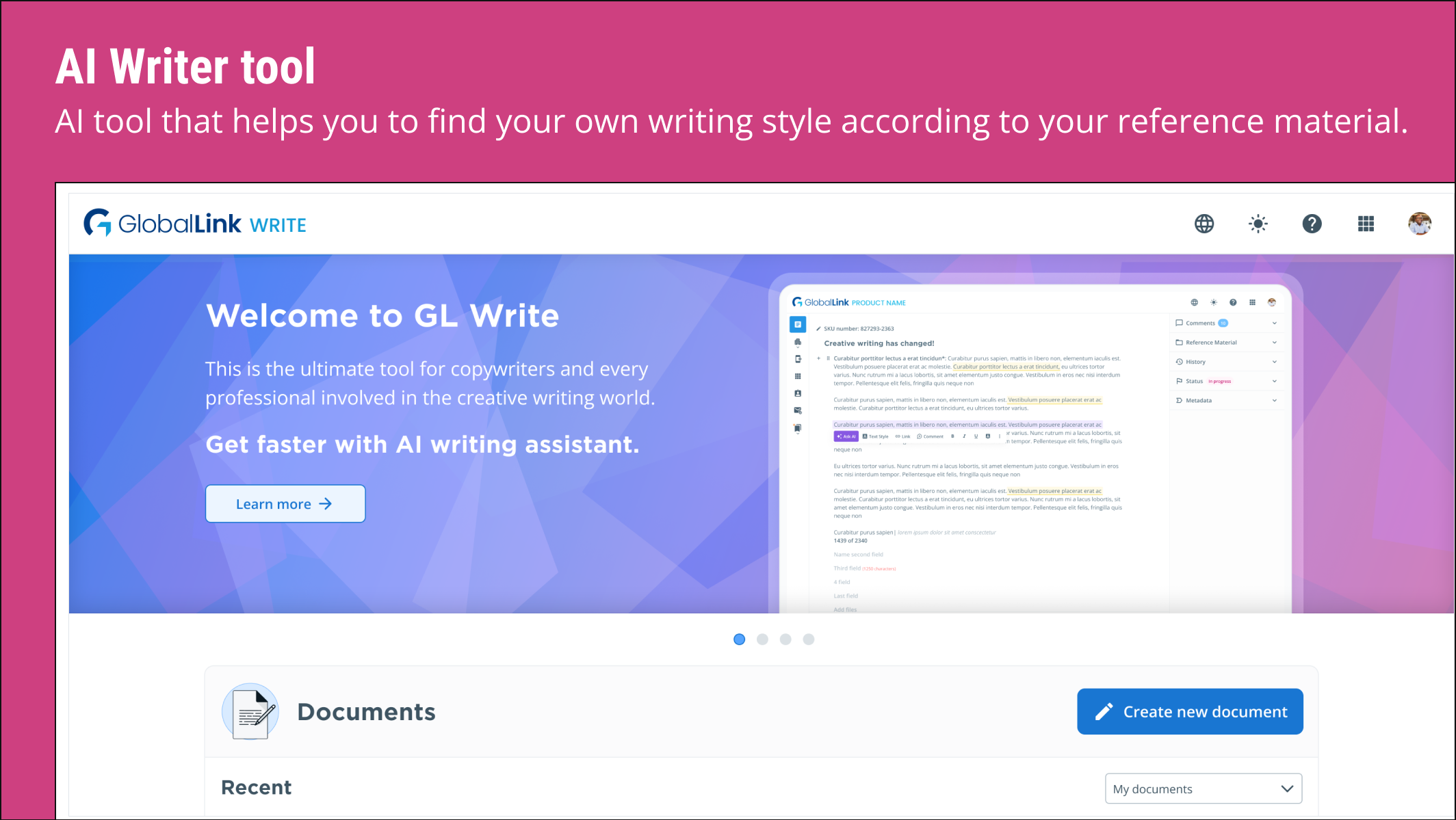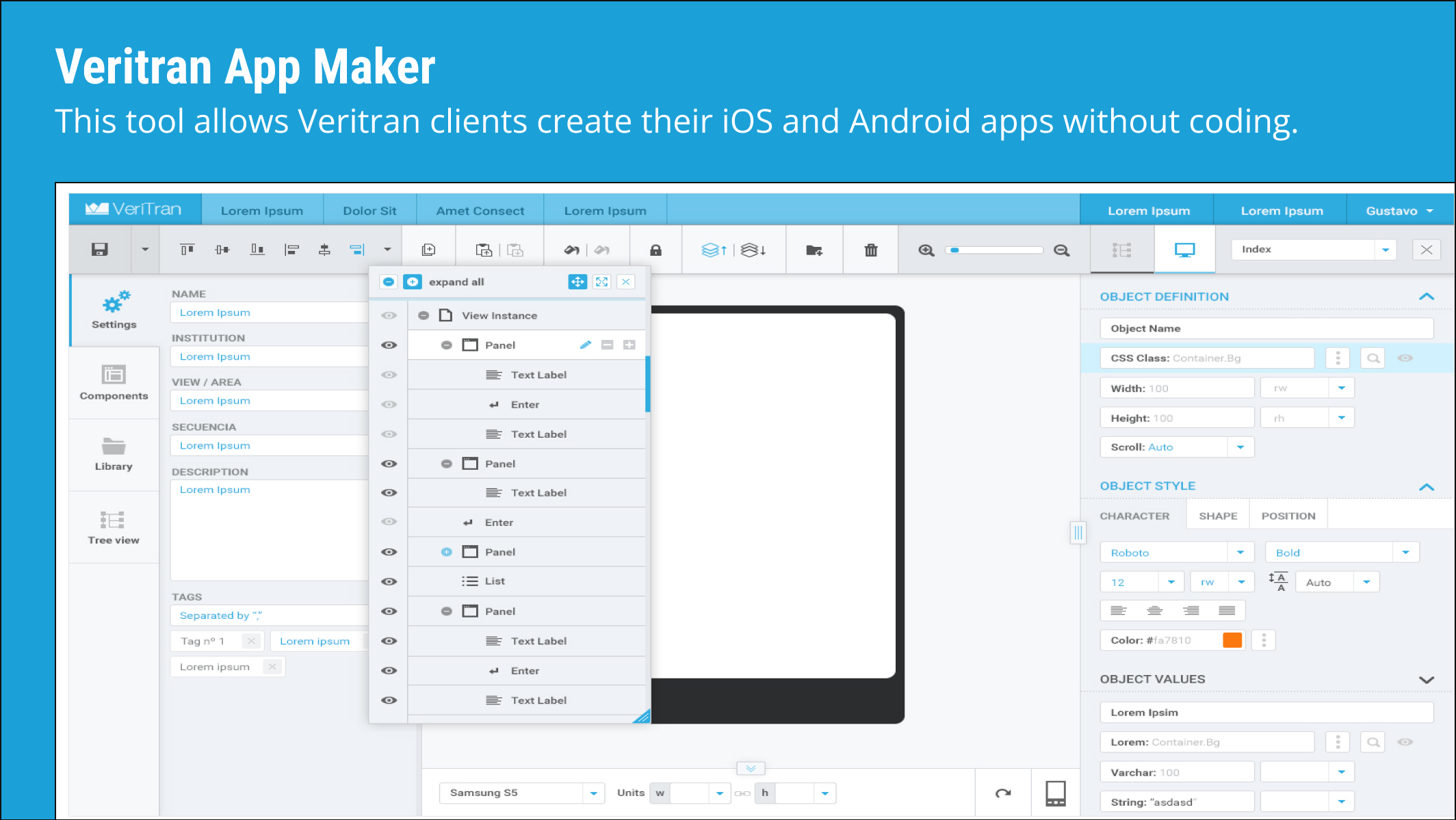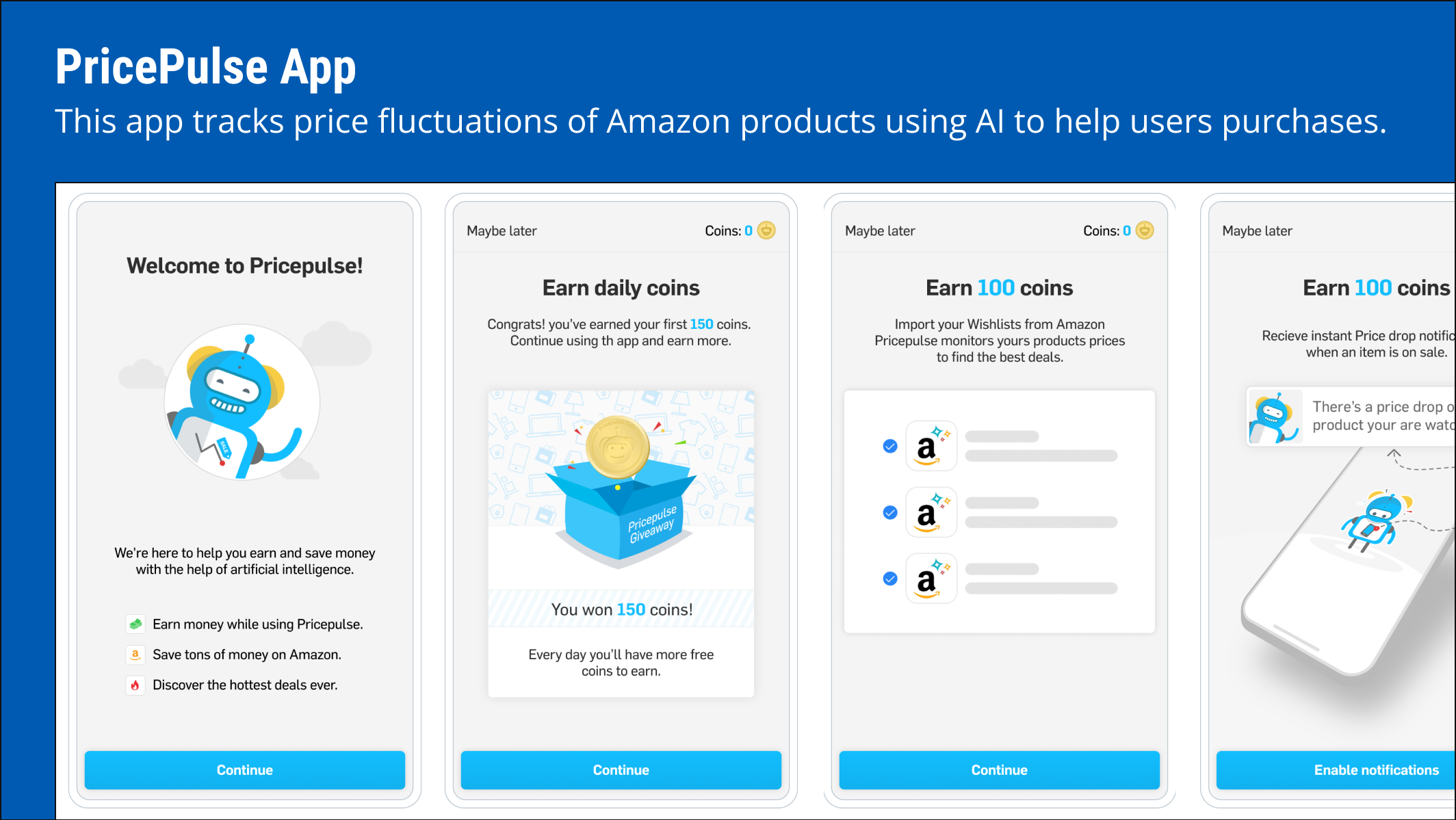Where: transPerfect, Barcelona
What: Lead project, lead design team, components creation, Mentoring, Strategy & planning, UX/UI Design
How: Figma, Miro, StoryBook, Condense
What: Lead project, lead design team, components creation, Mentoring, Strategy & planning, UX/UI Design
How: Figma, Miro, StoryBook, Condense
Background
What is TransPerfect?
TransPerfect is a global leader in translation, localization, and digital content solutions, providing technology-driven services to help businesses communicate across languages and cultures.
TransPerfect is a global leader in translation, localization, and digital content solutions, providing technology-driven services to help businesses communicate across languages and cultures.
With a strong focus on AI-powered language solutions, SaaS products, and enterprise software, TransPerfect enables companies to streamline multilingual content management, ensuring seamless global communication.
The challenge:
Create a scalable, unified Design System to bring consistency, efficiency, and a modern visual identity across its diverse SaaS ecosystem. My role was to create and implement this system from scratch, ensuring it met both business and user needs while improving design and development workflows.
Create a scalable, unified Design System to bring consistency, efficiency, and a modern visual identity across its diverse SaaS ecosystem. My role was to create and implement this system from scratch, ensuring it met both business and user needs while improving design and development workflows.
key tasks
Establish a Cohesive Design Language:
Define a new look and feel that modernized the company’s product interfaces while maintaining brand integrity.
Define a new look and feel that modernized the company’s product interfaces while maintaining brand integrity.
Develop a Scalable Design System:
Create a structured, component-based system that could be easily implemented across multiple platforms and products.
Create a structured, component-based system that could be easily implemented across multiple platforms and products.
Ensure Adoption Across TechOps Products:
Work closely with designers, developers, and product teams to integrate the system seamlessly into different products.
Work closely with designers, developers, and product teams to integrate the system seamlessly into different products.
Accessibility:
AA validation for UI elements.
AA validation for UI elements.
key tasks
Provide Training and Advocacy:
Conduct demos, presentations, and documentation to educate teams on best practices for using the system effectively.
Conduct demos, presentations, and documentation to educate teams on best practices for using the system effectively.
Bridge the Gap Between Design and Development:
Ensure smooth collaboration between UX/UI designers and engineering teams by aligning design components with front-end implementation.
Ensure smooth collaboration between UX/UI designers and engineering teams by aligning design components with front-end implementation.
Optimize the System Based on Research & Testing:
Collect insights from usability testing and real-world implementation to refine and iterate on components over time.
Collect insights from usability testing and real-world implementation to refine and iterate on components over time.
Results
01. The creation of Design System V1 brought a huge shift in how design and development worked across TransPerfect’s SaaS ecosystem. The goal was simple: make it faster, make it better—and that’s exactly what happened.
02. With a unified system in place, design time was significantly reduced for all team members, allowing designers to work more efficiently without inconsistencies across different products. The standardized patterns and UI specifications eliminated gaps between products, making it much easier for developers to predict component behaviors and ensure seamless implementation.
03. The impact was massive—more than 20 different products adopted the Design System, and thousands of prototypes were created using its components. Beyond just workflow improvements, the perception of the products visually and functionally improved, reinforcing a stronger and more cohesive user experience across the entire platform.
04. This was more than just a design framework—it became a core asset that shaped how TransPerfect’s products looked, felt, and functioned.
What I've learned during this process:
01. Creating Design System V1 at TransPerfect was a transformative experience that deepened my understanding of scalability, collaboration, and strategic design thinking.
02. One of the biggest takeaways was how a Design System is more than just a collection of UI components—it’s a living framework that bridges design and development, ensuring consistency while allowing for flexibility. I learned that the success of a Design System isn’t just in its creation but in its adoption. Getting buy-in from stakeholders, educating teams, and demonstrating its value through real use cases was just as important as designing the components themselves.
03. I also gained valuable experience in leading cross-functional teams—navigating the challenges of aligning product managers, developers, and designers around a shared vision. Clear documentation, interactive demos, and continuous iteration based on usability testing insights were key in making the system truly work for everyone.
04. Beyond the technical side, this project reinforced the importance of mentorship. Guiding designers through the transition to a standardized design approach helped me refine my ability to teach, support, and empower others in their growth.
05. Ultimately, this project showed me that a well-executed Design System isn’t just about efficiency—it’s about shaping how an entire organization approaches design, collaboration, and innovation.


